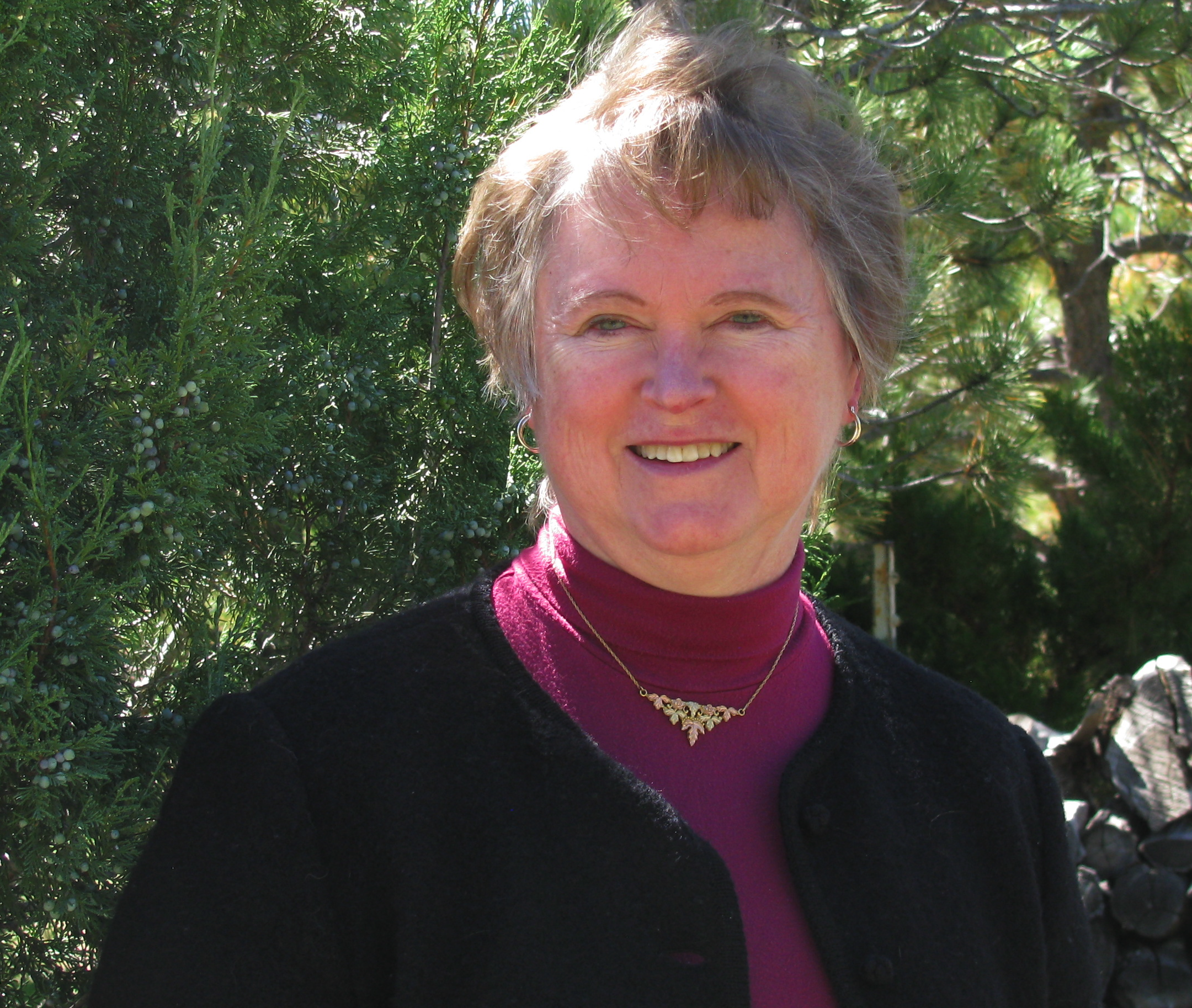University of Colorado, Boulder

As a geo-space scientist In the Smead Aerospace Engineering Sciences Department at the University of Colorado Boulder, I study how distant stars,our own Sun, and Earth's environment affect spacecraft and signals in the region where space meets our atmosphere.
I never intended to do what I am currently doing, nonetheless I love what I do. When I was very little I was terrified of thunderstorms, yet by middle school I know I wanted to be a weather forecaster, mostly because I saw how much influence the weather had on my Mom and Dad’s farming activities in the central US. Mom was a former bookkeeper and Dad worked very long hours in the fields. From them I learned math and persistence.
I majored in meteorology as an undergraduate and learned a bit about climate. When it came time to go to graduate college I learned a tough lesson: There were few jobs to be had by a meteorologist who didn’t have experience, and it was hard to get experience without having a job. So I joined the US Air Force for four years to get some experience. Apparently I was a slow learner because I stayed for 22 years. First, I was an aviation weather forecaster, then a consulting meteorologist. In the
early 1980’s I was very fortunate to be selected to be the first woman faculty member of the US Air Force Academy Physics Department.
Suddenly I became a meteorologist-turned-physicist with a part-time interest in astronomy, all while learning on the job!
Ultimately the Air Force Academy sent me to University of California Los Angeles for a PhD in Atmospheric Science with an emphasis in Space Physics….and there I learned about the developing field of
space weather. I have been working on space weather topics ever since. At the moment, I teach a graduate level course on space weather and space environment to engineering students.
Mom and my brothers and sisters and I worked jigsaw puzzles on Sunday afternoon when I was growing up. I see the space weather research I do
now as being a giant jigsaw puzzle--but without the box to look at for a hint about how the pieces go together.
I work on a number of ‘part time’ jobs, although I am supposed to be working only half time. I teach graduate students about space weather every
spring semester. I run a research group called Space Environment Data Analysis (SEDA) group with three (soon to be four) graduate students and research support staff. I do my own research on linkages between solar eruptions/emission and disturbances in the upper atmosphere. I am often on review panels related to new science or the performance of groups that provide grants. Finally, I am the editor in chief for the American Geophysical Union’s Space Weather journal.
Being an editor for a major journal keeps me on my toes. Almost every manuscript I see causes me to do some research. I have to find out who is doing similar work and find out who might be willing and able to review the submitted paper. I have to judge whether or not the submitted paper is really a new discovery or result. I am in constant contact with scientists and engineers, needling them to put their work in a written form that others can understand. I also write editorials about what I
believe to be important findings or concerns related to space weather.
All in all, I stay pretty busy. However the highlight of my life is really at home with my husband and cat. I travel a lot, so they keep each other company. My husband keeps the household going while I teach and travel. I try to do the cooking on the weekend so that we both have “left overs” for meals during the week. I must admit, I probably eat out too much. My biggest work-life balance issue is getting enough exercise.